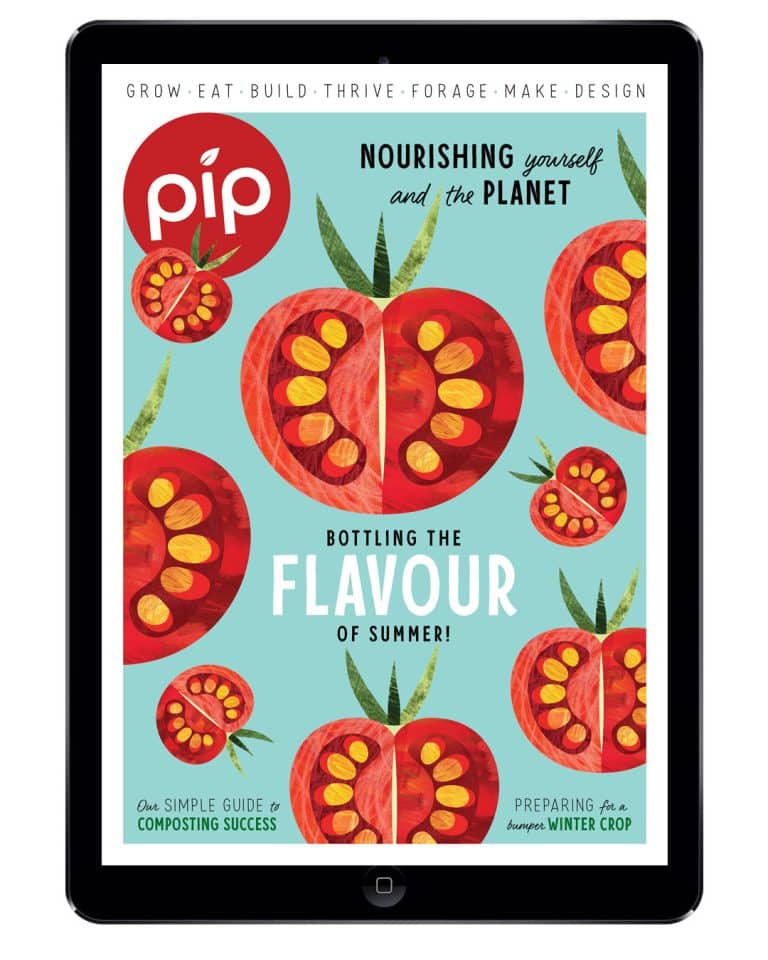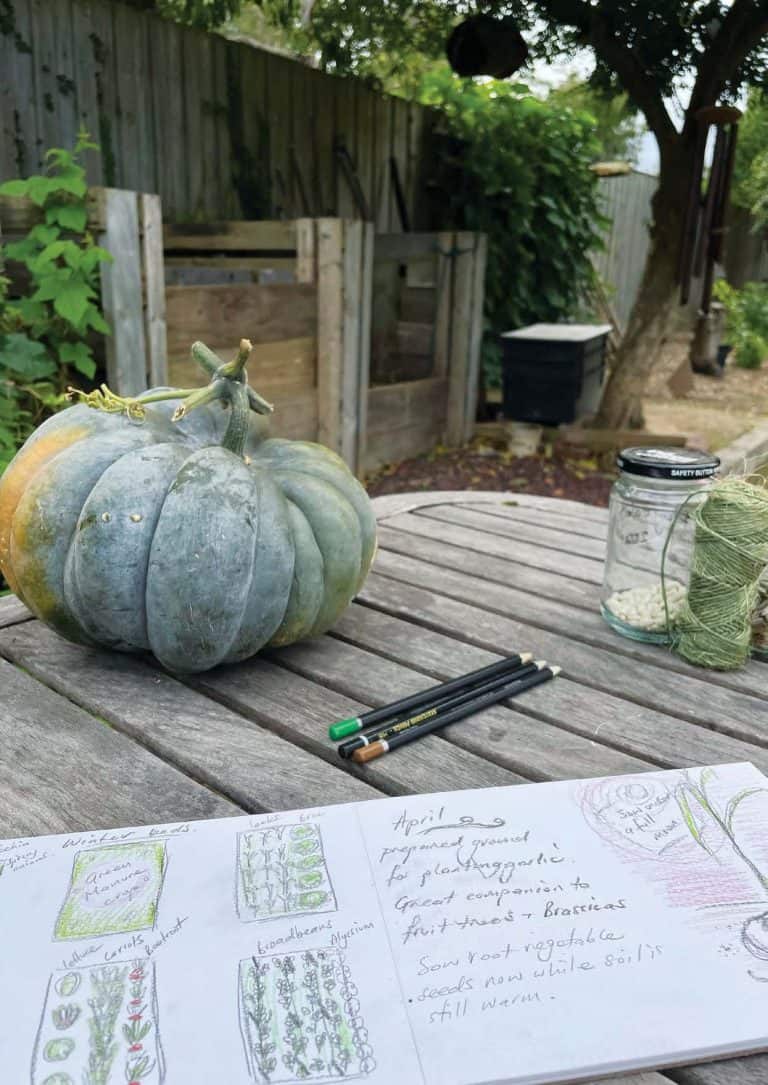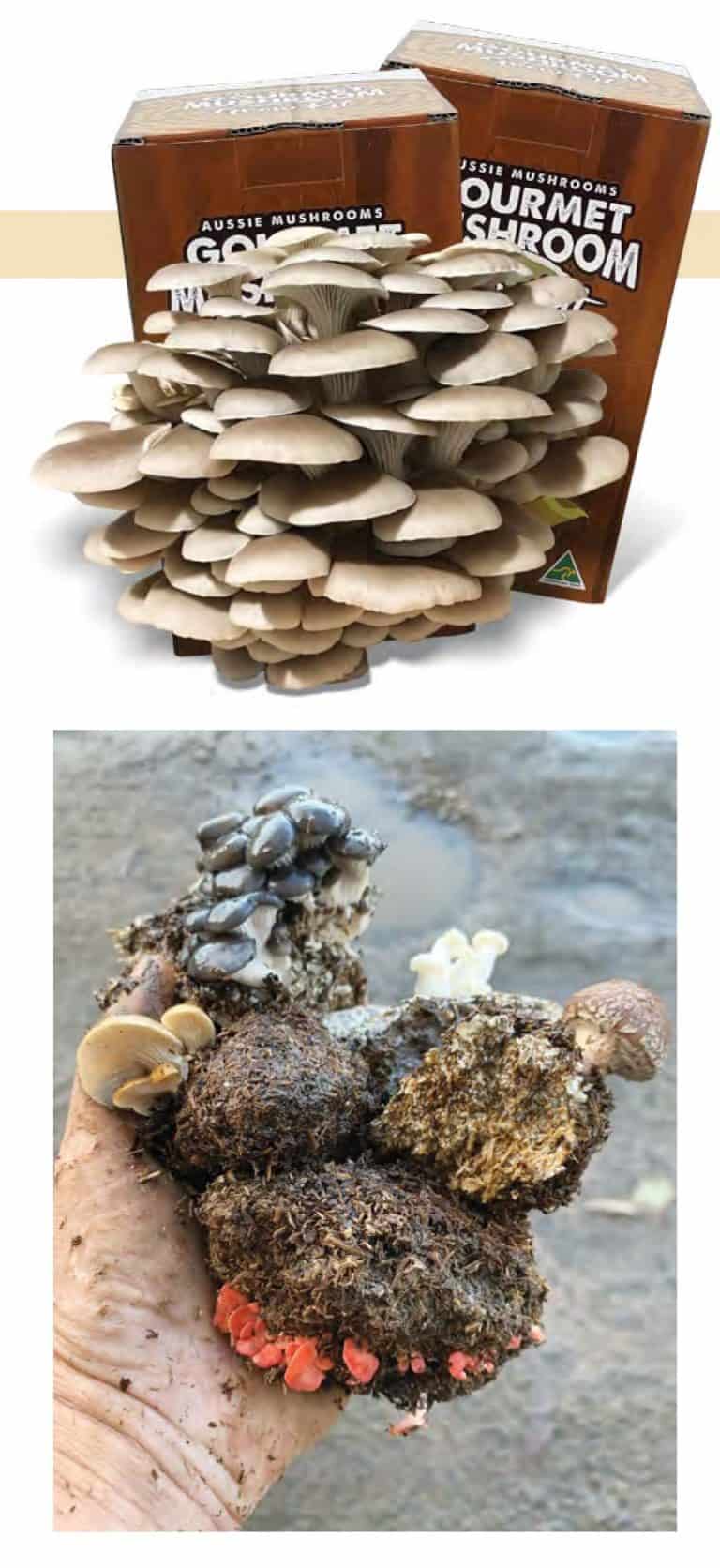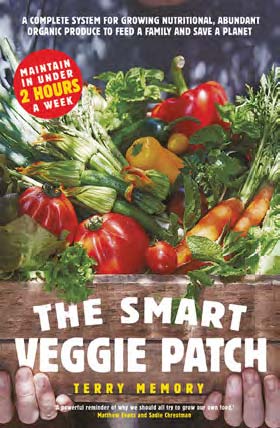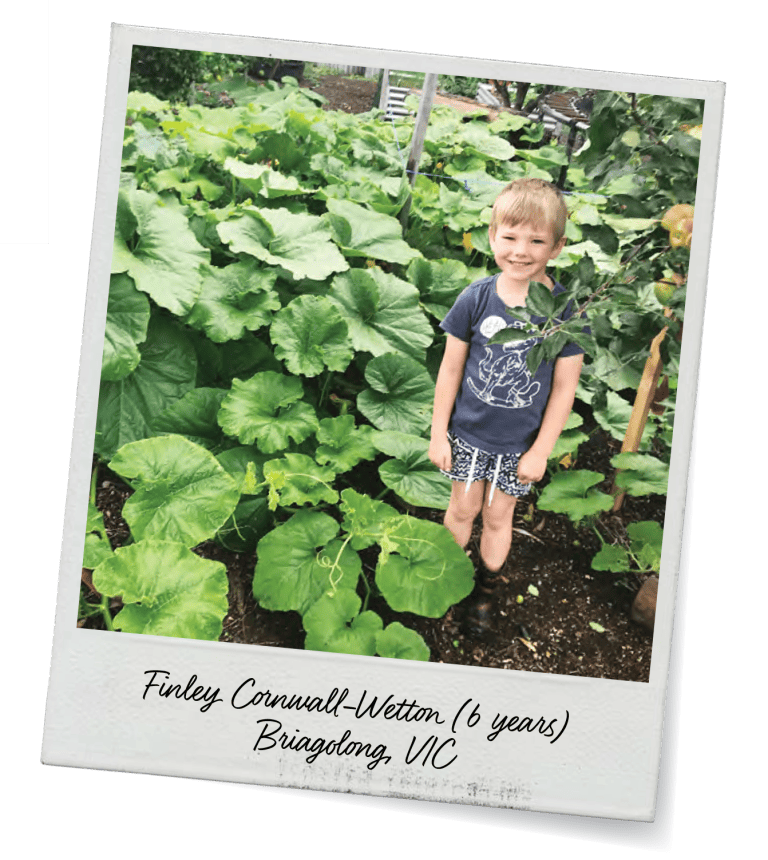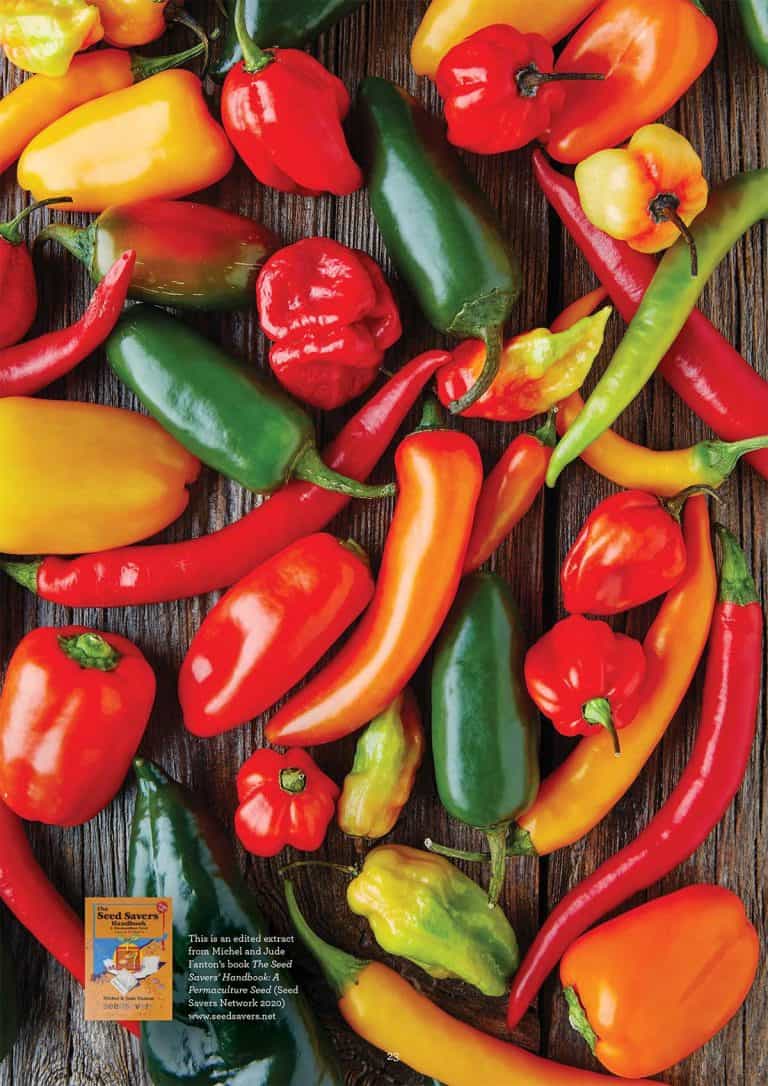If you don’t have the time or the confidence to forage for mushrooms, but aren’t particularly keen on store- bought varieties, there are plenty of kits available to grow your own. As well as the common boxes of button mushrooms, there’s a wide range of seasonal varieties you can purchase in kit form to grow yourself and the side-fruiting kits are probably the easiest.
Aussie Mushroom Supplies offers five varieties: Oyster, Australian Lions Mane, Australian Coral Tooth, Turkey Tail and Australian Reishi. Inside the shoebox- sized box is a bag filled with pre-inoculated substrate, meaning all you need to do is remove the bag from the box, cut an X on the side of the bag for the mushrooms to protrude from and create humidity by spraying filtered (or cooled boiled) water around the hole. It’s not like watering a plant, you don’t need to wet the actual block, you just need to spray around the cut in order to create enough humidity to kickstart the fruiting process.
Finding the best place to keep your kit can be tricky because it needs non-direct sunlight and not a lot of it – Aussie Mushroom Supplies says ‘enough light to read by’ – it needs at least 70 percent humidity, but also fresh air and cool-ish temperatures. But once you’ve found your spot, they’re pretty quick to grow.
It took three weeks for my kits to start fruiting and they were ready to harvest about 10 days later. And you can get a few flushes of fruit from the one block, too, which is great. In fact, after three harvests I added my blocks to the compost heap and I found they even fruited again (see image, right).
